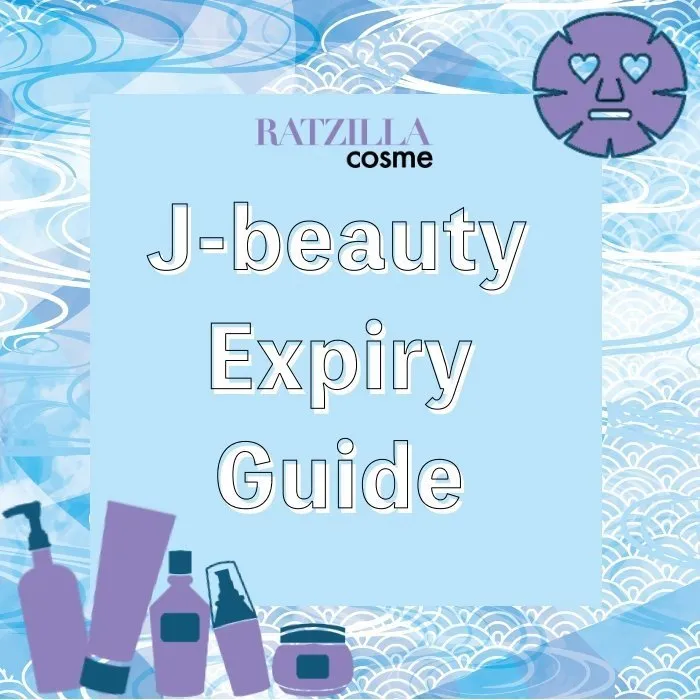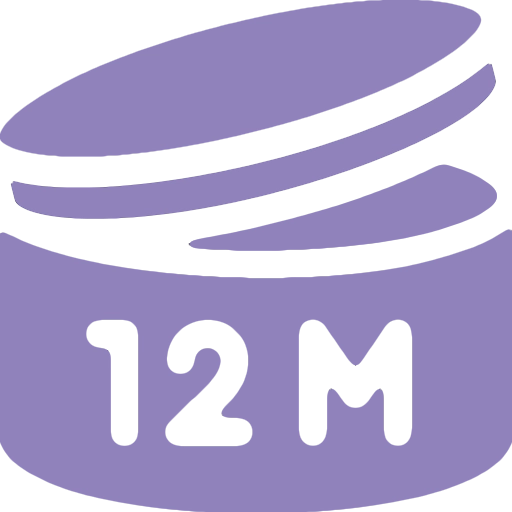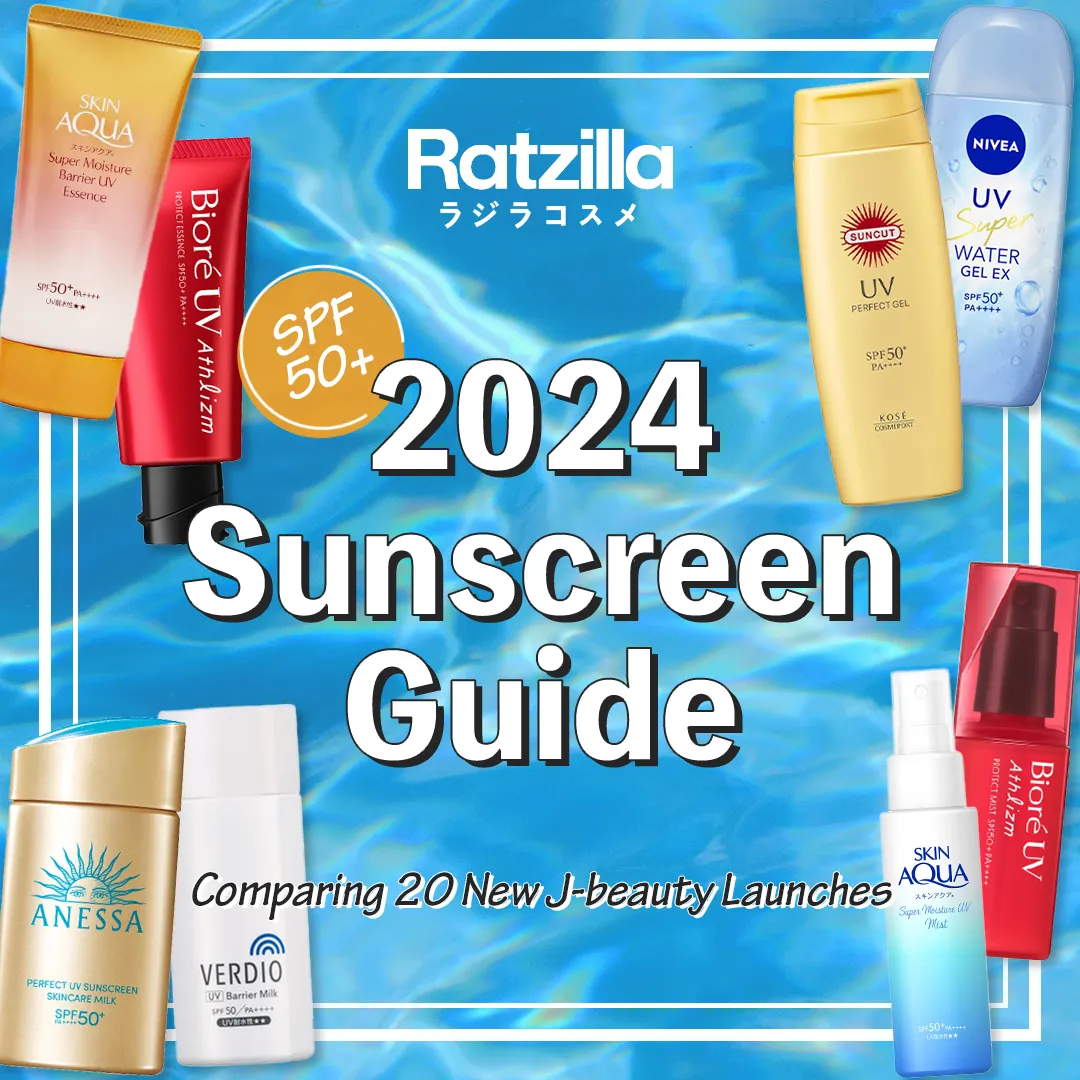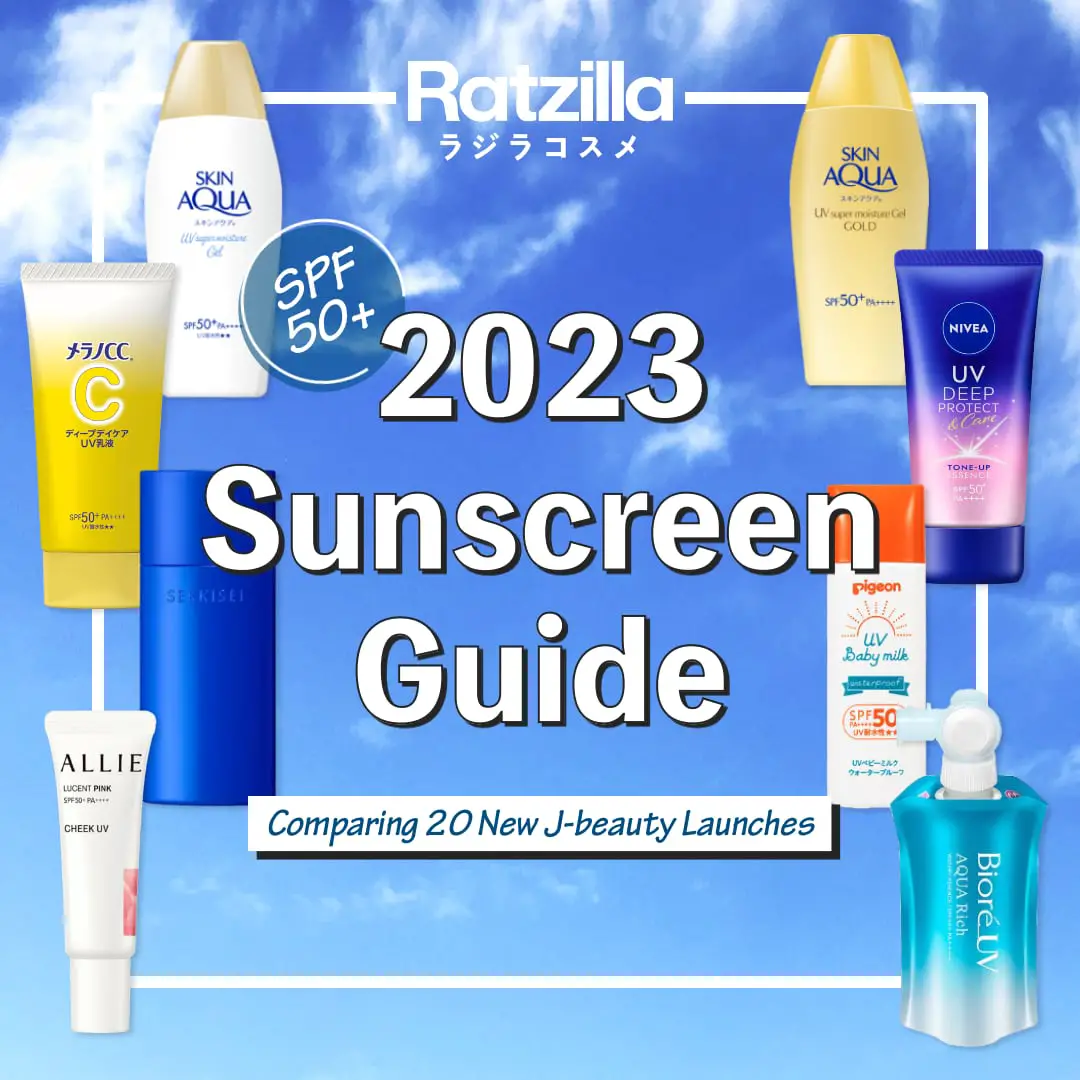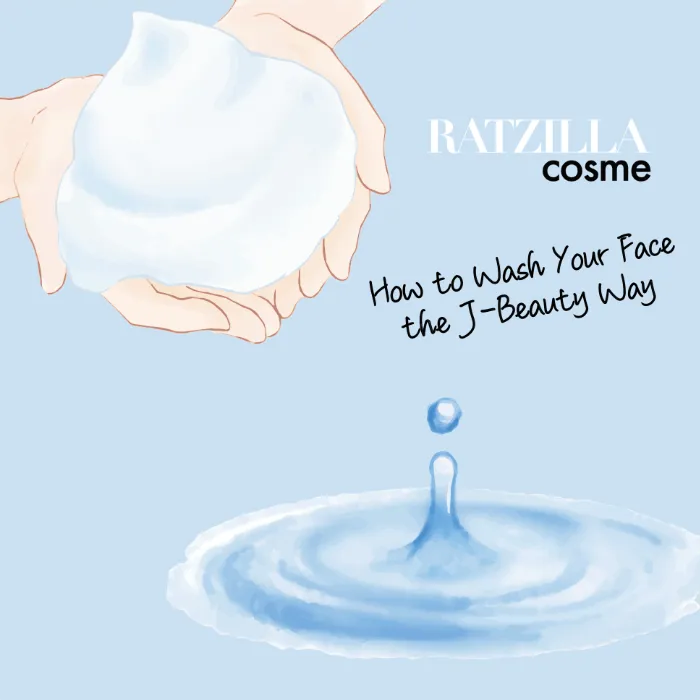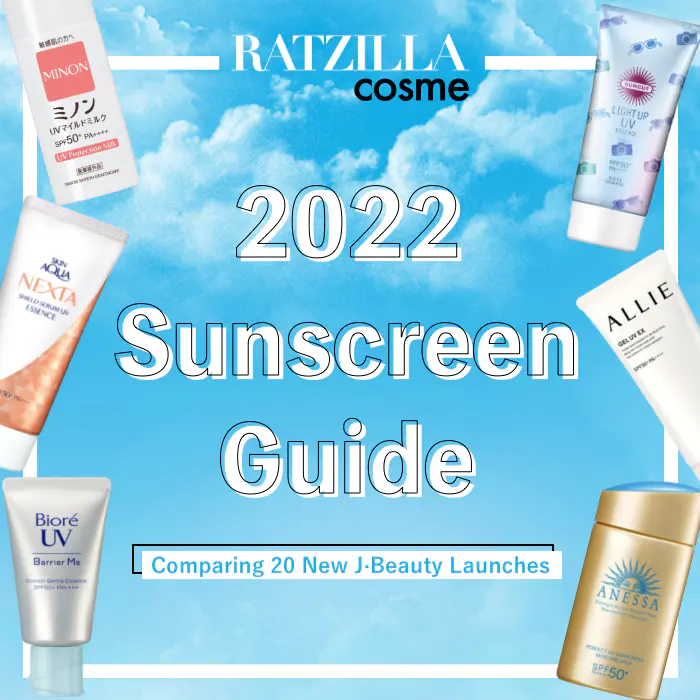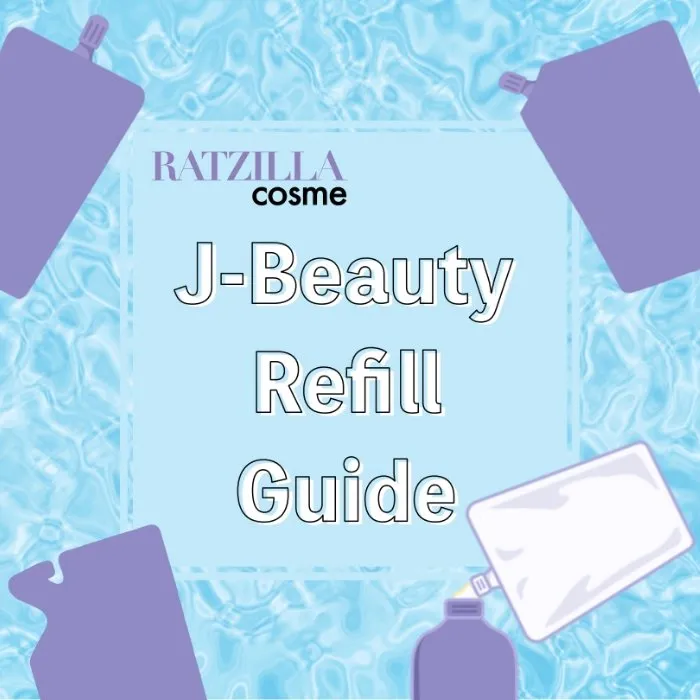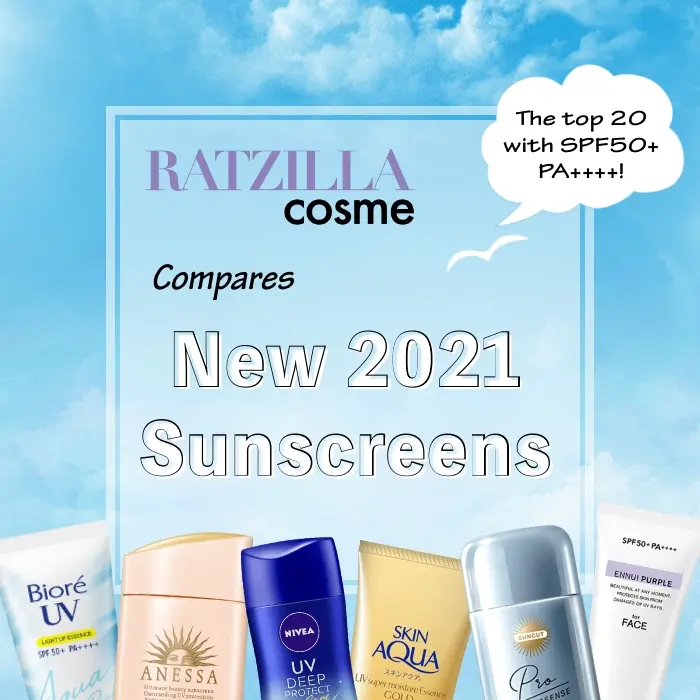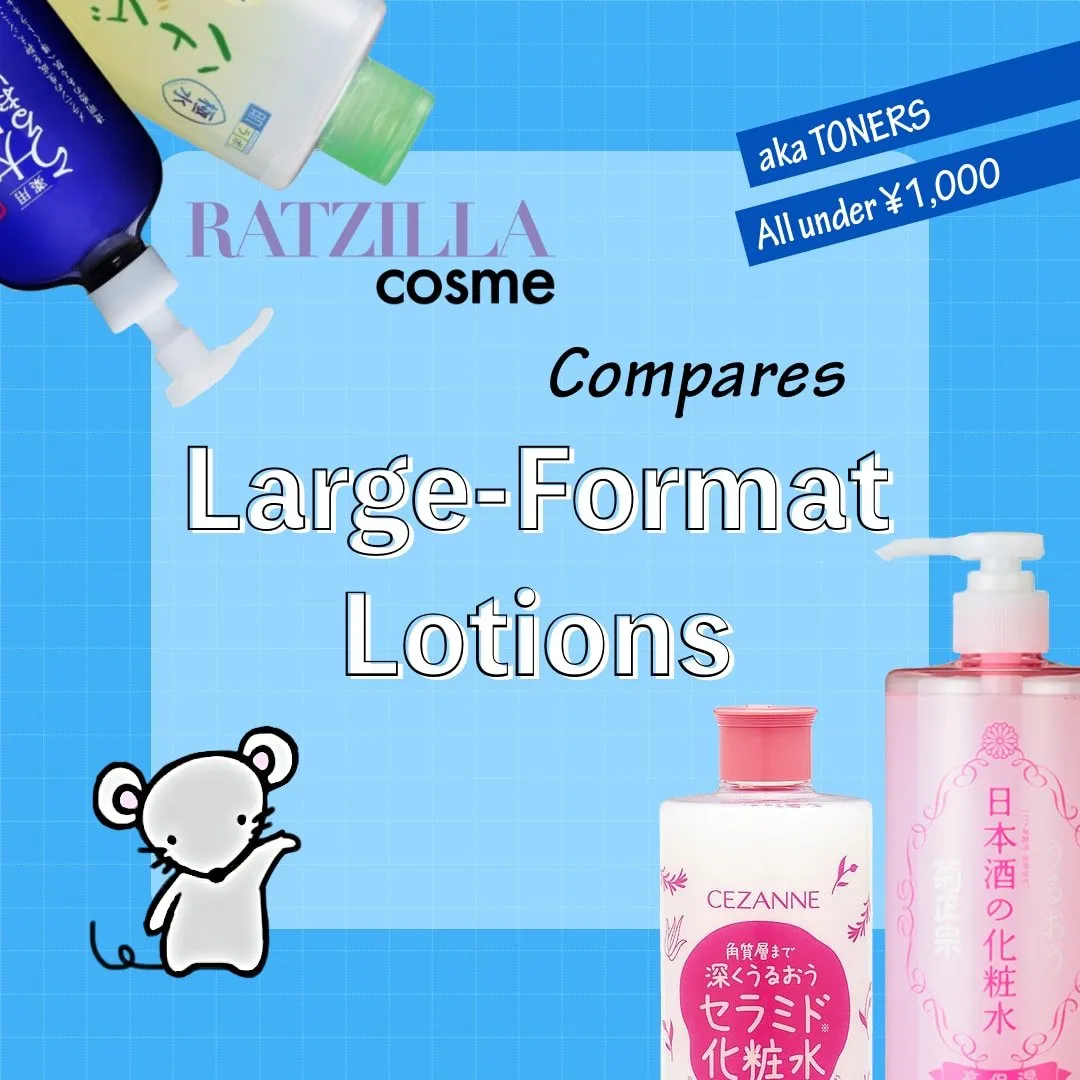All beauty products expire. Eventually, they lose their quality, become less effective, and can even become harmful to your skin as a result of bacteria buildup over time.
Figuring out when you should throw away your beauty products can be hard because it’s not quite as clear as it is for food products.
What The Law Says
According to Japan’s MHLW (Ministry of Health, Labour and Welfare), Japanese cosmetics aren’t required to give an expiration date if the unopened product is safe to use for at least 3 years after the manufacturing date under optimal storage conditions.
For example, the manufacturing date and PAO are printed on Fancl products because most only have 1 year of shelf life.
To give you some perspective, the EU requires an expiration date only if the shelf life is less than 30 months (a PAO is required for products that have a shelf life longer than 30 months). The US, on the other hand, currently has no laws or regulations that require cosmetics to have expiration dates, specific shelf lives, or PAO on the labels.
Period After Opening
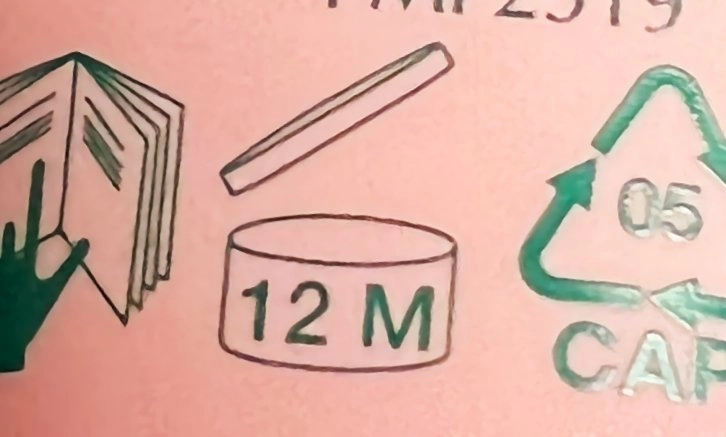
The period-after-opening (PAO) symbol isn’t used in Japan. The recommended PAO varies depending on the product, brand, and individual formulas.
Most Japanese sources say products should be used within 3–6 months (or at least within a year) after opening unless otherwise indicated. Generally speaking, PAO tends to be shorter for products that are marketed to be “additive-free” in Japan.
For example, the PAO for Fancl products is generally just 2–3 months since they do not contain added preservatives.
It’s also important to note that PAO is a guideline. It indicates the amount of time a product is guaranteed to remain stable and safe after opening. They may be fine to use even after that but you will need to use your five senses to make a judgment call. When in doubt, throw it out.
What about product samples?
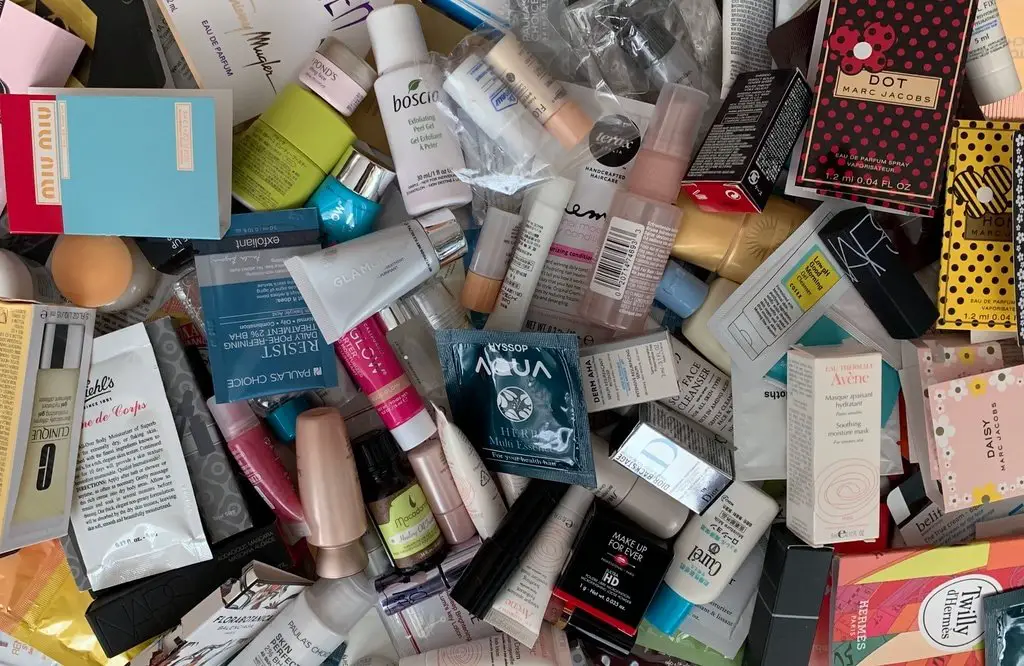
Most Japanese cosmetic companies say product samples have a much shorter shelf life and PAO than full-size products due to their simplified packaging. Shelf life is generally just a year and they should be used ASAP.
If you’re not using a fresh sample, you most likely not going to know what the product is supposed to be like.
Optimal Storage Conditions
Shelf life and PAO both assume the product is stored under optimal conditions.
What that means:
How to Determine Manufacturing Date on Japanese Cosmetics
It’s important to remember that dates in Japan are formatted as YYYYMMDD. Some companies use the Japanese calendar which the year 2021 is Reiwa 3 (令和3年).
A few brands do print or emboss the manufacturing date on the packaging. But again, dates aren’t required for cosmetic products if the shelf life is at least 3 years.
If you’re living in Japan, freshness is a non-issue — stores stock the latest (and the old is put on clearance).
There are 3 methods of determining the manufacturing date:
1 / 3
You could try contacting the manufacturer and giving them the batch code.
This is very much a hit-or-miss process, with a lot more misses than hits. Most customer services are in Japanese only. You most likely will not get an (intelligible) response if you ask in English. A lot of brands will also not give you the date — they will simply tell you when the product was released.
2 / 3
There are websites claiming to be able to determine the manufacturing date based on the batch codes for specific brands.
I don’t recommend using them. They are all unofficial sources and are not guaranteed to be accurate. I’ve personally tried using them with a few just-released and not-yet-released products I have and according to their calculations, they were made years ago.
3 / 3
The best way to tell is by their packaging.
I’m sure most readers will know by now that Japanese products are reformulated or at least repackaged very frequently. Major cosmetic brands tend to reformulate their skincare products every 2 years or so and some even revamp their packaging annually. The brand’s official Japanese website should have images of the latest version of the product. My website thoroughly covers any changes.
You need to do quick math to figure out whether the unopened product is still good.
What about (unopened) products that haven’t had any changes for at least 3 years?
As long as a product hasn’t been discontinued or replaced, it could have been produced at any point after the release date. They’re OK if purchased from a trusted shop (preferably based in Japan) with a high inventory turnover.
Further Reading
Other J-Beauty Guides
Copyright: © 2021 RatzillaCosme

